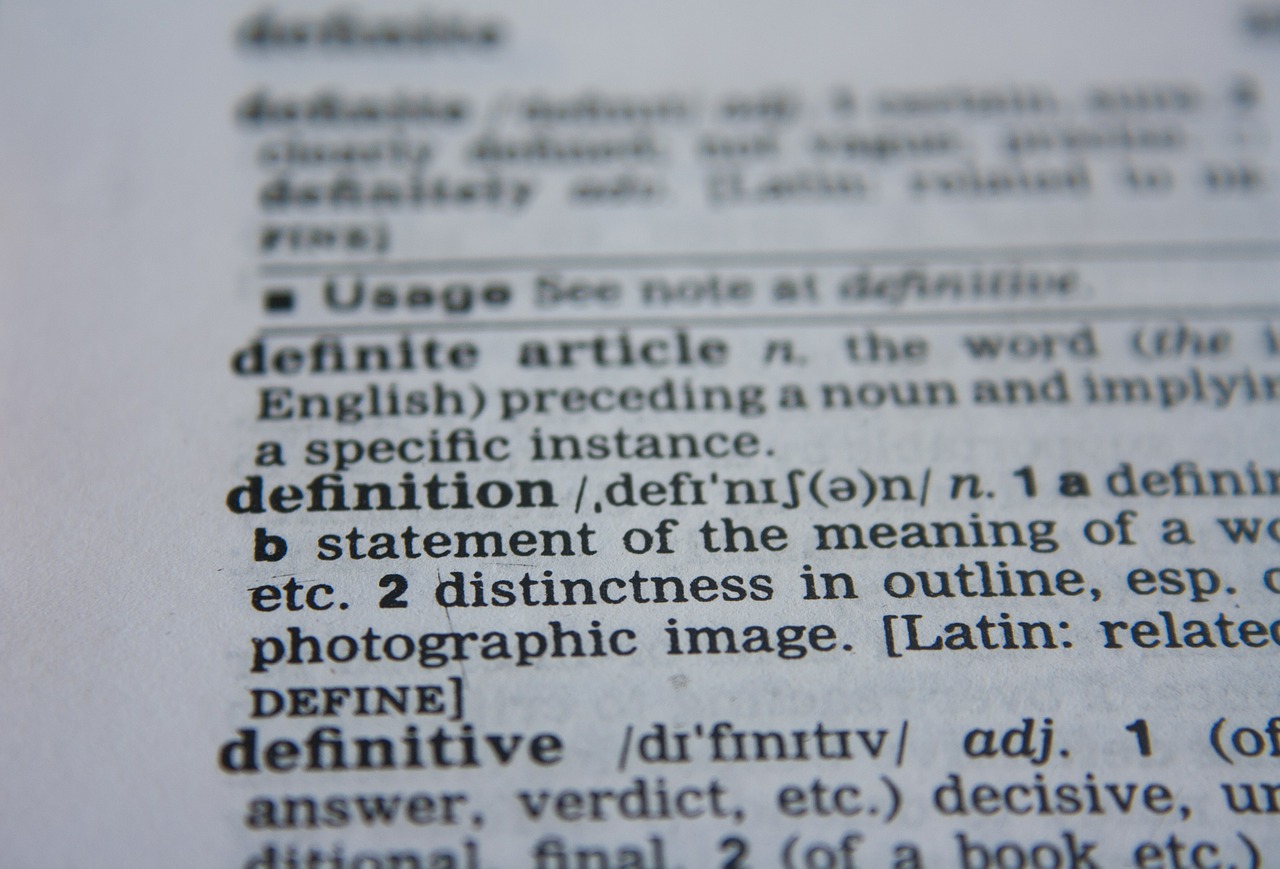Sustainable finance is experiencing continued rapid growth. The European Commission’s recent proposal of a taxonomy as a common language for all actors in the financial system – one of several conclusions of its High-Level Expert Group – is an opportunity to establish useful guidance. In his blog, UNEP FI’s Head, Eric Usher welcomes the EC’s work and explains how developing taxonomies, but also understanding impacts are key to growing the volume of sustainable finance, and financing for the Sustainable Development Goals.
Sustainable finance has been grappling with language and definitions for as long as it has existed. Hardly a conference or investor slide deck passes without a dig at the alphabet soup of jargon, or a call to clarify definitions. Skepticism abounds. Sustainable, responsible, green bonds, ESG integration, low carbon finance, advocacy, engagement, impact investing, impact bonds, positive impact… Some of it is inevitable: the early days of any new movement will see innovation, as well as marketing and competition spurring a race to the better word, if not always to the top. This challenge is not exclusive to sustainable finance. Traditional finance can be just as obscure and, some might say, is not immune to taking advantage of the obfuscation that the sheen of fancy new words and fads brings to investment strategies. But to the extent that sustainable finance has claims to benefit society and, more broadly, to the extent that it grants its practitioners the goodwill of society and a license to operate, then it is fair to hold the sector, if not to a higher scrutiny, at least up to high expectations of transparency and clarity.
The taxonomy’s intended focus is on the destination of the investments, exploring and defining which activities can be considered “sustainable”. In turn this will serve as the foundation for other High Level Expert Group recommendations, such as labels for green financial products. The commission intends to provide “clear guidance on activities qualifying as contributing to climate change mitigation and adaptation, environmental and social objectives [that] will help inform investors”.
This reflects wider definitional debates and challenges in the field – questions UNEP FI members have been discussing, and addressing, for quite some time. The EC recommends building the taxonomy incrementally, starting with the more familiar climate issues and taking an investor lens. It will be important to see how the climate lens, which is often neatly linked to specific sectors or investment themes, will work when applied to social and economic development, where the impacts tend to be more diffuse. It will be equally important to see how the investor lens can be extended to take into account other critical actors of the investment chain: originators and banks.
What is clear here is that if the endgame is for sustainable finance to help meet the Sustainable Development Goals, then the magnitude of investment required means it is crucial to understand impact in the larger economy, as opposed to exclusively in a circumscribed set of identified deals and sectors: sustainable development certainly requires clean technologies and sanitation, but it also requires toothpaste and toothbrushes for billions. In this context it’s equally crucial to adopt approaches that bridge the gap between positive impact contributions, as well as managing risks of environmental degradation and social disruption, “impact” and “ESG” roles which – to the extent of their actual adoption – mostly remain siloed and managed by different teams in financial institutions.
Finally, with sustainable development issues closely interrelated, such a holistic understanding can not only help address multiple challenges, but also use the interconnections between them as a core source for transformation and sustainable market creation.
The same reasoning applies to taxonomy: current thinking about financing sustainability tends to rely on pre-set taxonomies of qualifying sectors or activities. The challenge with this is that it limits the approach to those impacts that are directly aligned with sectors (e.g. renewables and emissions reductions) but fails to address other types of impact spread across multiple sectors (typically social impacts), or not yet delivered by a dedicated, economically viable sector (for instance, energy efficiency, mobility, etc.). The point of the impact-based approach is precisely to overcome this limitation by instead screening directly for impact. In 2018, the Positive Impact Initiative is developing the first Positive Impact Categorization, to use as a starting point for impact -based analysis.
So we strongly believe that a sector-based approach to taxonomy would be ideally complemented by an impact-based approach that optimizes the chances of understanding, and therefore financing, impact across the economy.
We also believe that by understanding and managing potential positive and negative impacts holistically and systematically, a more proactive and creative form of engagement can start to emerge between banks, investors and their clients/investee companies and the public sector. Opportunities to reduce cost to impact will become apparent, and new business models will emerge where non-profitable impacts are paired with impacts that are revenue generating.
About UNEP FI’s Positive Impact Finance Initiative
UNEP FI’s Positive Impact Initiative is driven by the recognition that bridging the funding gap for sustainable development and the attainment of the Sustainable Development Goals requires a new, impact-based approach and a holistic consideration of economic, social and environmental impacts. Read more about the initiative, and how to get involved here.



